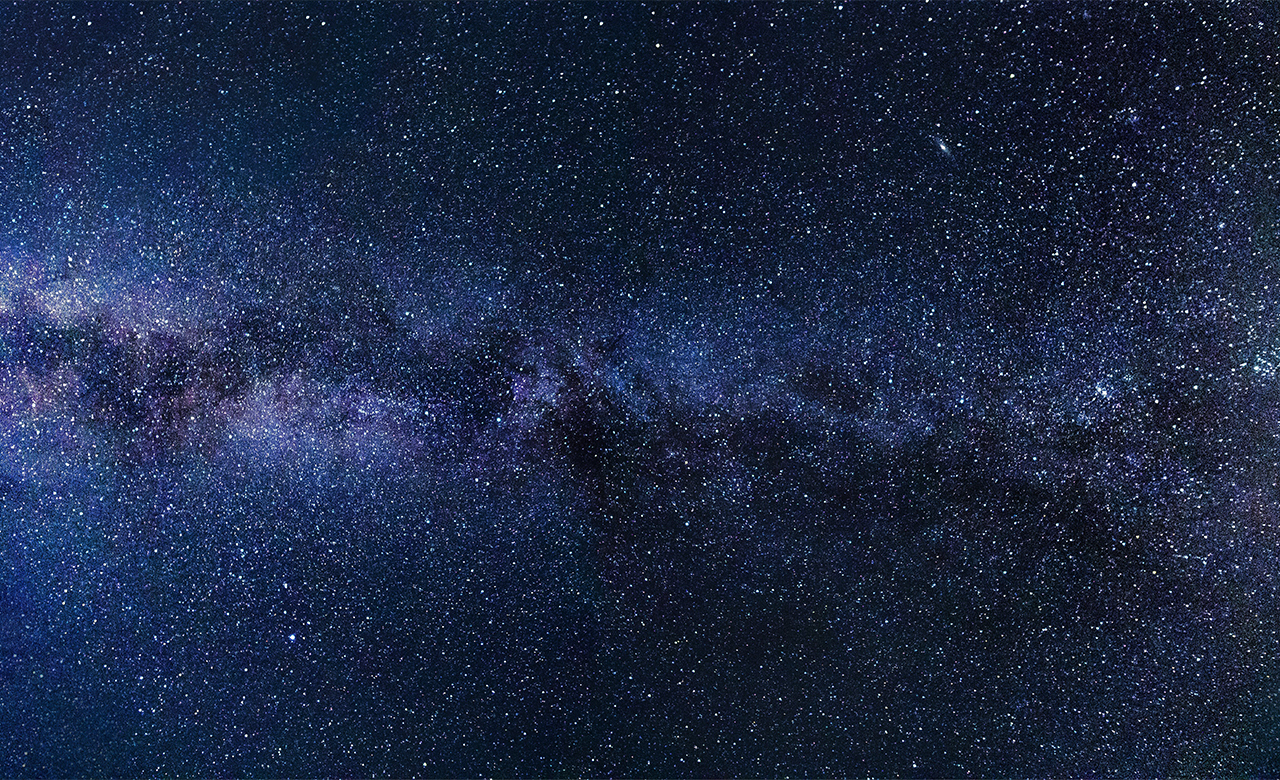Science & Technology, Australia (Commonwealth Union) – A remarkable burst of energy, dating back eight billion years, has recently come to light, offering evidence of our capability to detect and gauge material located between galaxies. This groundbreaking discovery paves the way for utilizing fast radio bursts in the exploration of the Universe’s expansion and the prospect of even determining the Universe’s ‘weight.’ However, achieving this goal will necessitate the development of even more potent telescopes.
In a scientific paper featured in Science, a global research team led by Dr. Stuart Ryder from Macquarie University and Associate Professor Ryan Shannon from Swinburne University of Technology presents their findings on the oldest and most distant fast radio burst uncovered to date, estimated to be around eight billion years old. This discovery surpasses the team’s previous achievement by 50 percent, definitively establishing that fast radio bursts (FRBs) can serve as tools to assess the enigmatic matter situated between galaxies.
The origin of this energy burst was traced to a conglomerate of two or three merging galaxies, aligning with prevailing theories about the cause of fast radio bursts. The study also highlights that, with the current state of telescopic technology, our ability to observe and precisely locate fast radio bursts is limited to events occurring approximately eight billion years ago.
On June 10, 2022, the CSIRO’s ASKAP radio telescope, situated on Wajarri Yamaji Country, was employed to detect a fast radio burst generated during a cosmic event that emitted the equivalent of our Sun’s total energy output over 30 years, all within a matter of milliseconds.
Dr. Ryder, the primary author of the paper, indicated that the utilization of ASKAP’s array of antennas, they achieved pinpoint accuracy in locating the origin of the burst. Subsequently, they harnessed the capabilities of the European Southern Observatory’s (ESO) Very Large Telescope (VLT) in Chile to identify the source galaxy. Their findings revealed that this galaxy is not only older and more distant than any other previously identified FRB source but is also likely part of a compact cluster of merging galaxies.
The fast radio burst, designated as FRB 20220610A, has further validated the notion of using FRB data to determine the Universe’s weight, a concept initially demonstrated by the late Australian astronomer Jean-Pierre ‘J-P’ Macquart in a 2020 Nature paper.
“J-P showed that the further away a fast radio burst is, the more diffuse gas it reveals between the galaxies,” explained Dr Ryder. “This is now known as the Macquart relation. Some recent fast radio bursts appeared to break this relationship. Our measurements confirm the Macquart relation holds out to beyond half the known Universe.”
As of now, approximately 50 fast radio bursts (FRBs) have been precisely located, with nearly half of them identified using ASKAP. The authors of the study propose that our ability to detect these phenomena is poised to expand significantly, with the potential to detect thousands of FRBs spanning the entire celestial expanse, including those originating from even more distant sources.
“While we still don’t know what causes these massive bursts of energy, the paper confirms that fast radio bursts are common events in the cosmos and that we will be able to use them to detect matter between galaxies, and better understand the structure of the Universe,” said Associate Professor Shannon.
In the near future, we will possess the necessary tools to accomplish this task. Presently, ASKAP stands as the most adept radio telescope for the detection and precise localization of fast radio bursts (FRBs). The international Square Kilometre Array (SKA) telescopes, currently in the process of construction in Western Australia and South Africa, are poised to surpass ASKAP’s capabilities, enabling astronomers to pinpoint even more ancient and remote FRBs. For the subsequent in-depth study of the galaxies from which these bursts originate, the Extremely Large Telescope, boasting a nearly 40-meter mirror and currently under construction in the arid Chilean desert by the European Southern Observatory (ESO), will be an indispensable asset.








